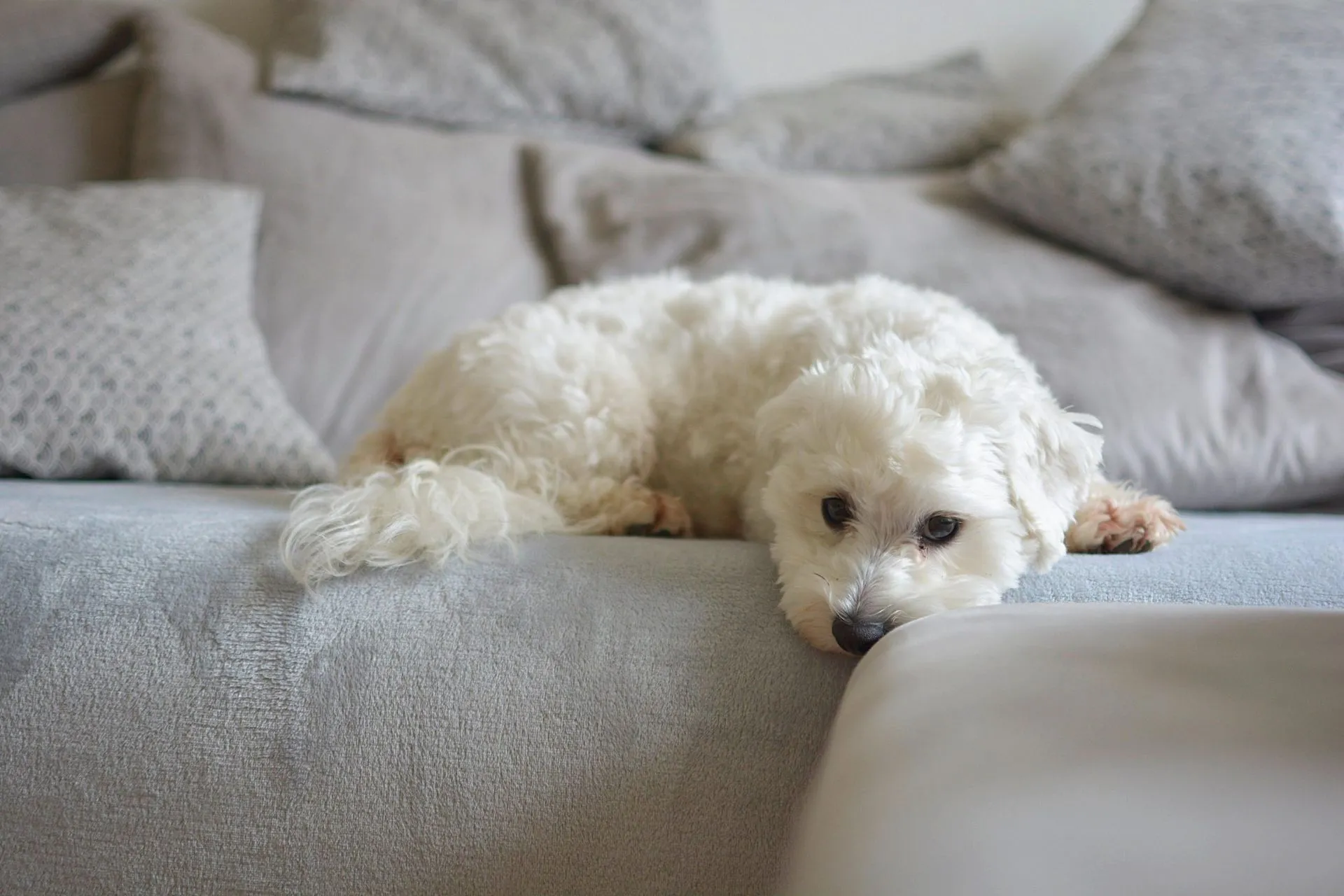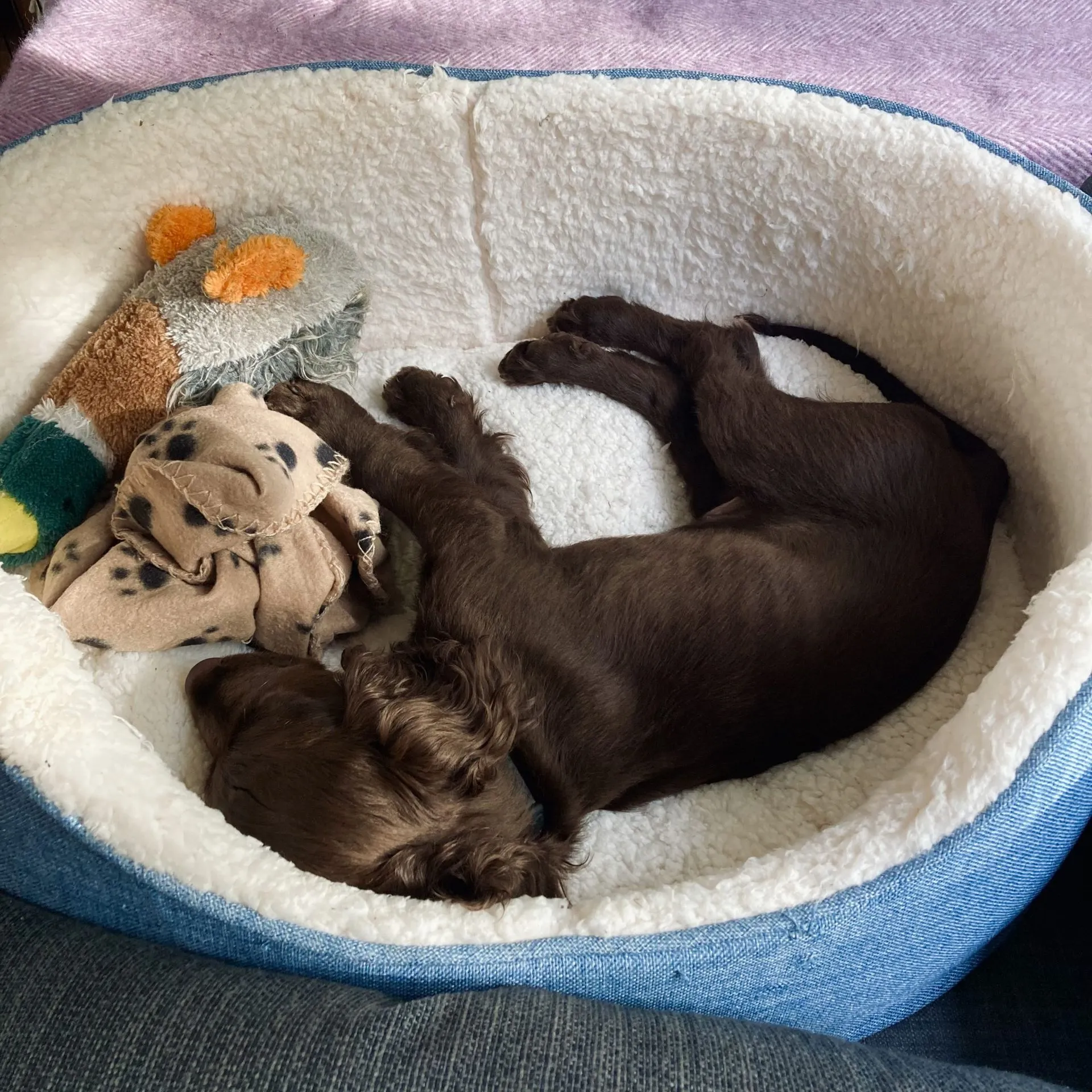Welcoming a new puppy into your home brings immense joy, but it also comes with the responsibility of teaching them good manners. One common challenge many owners face is how to stop a puppy jumping up on furniture. While it might seem cute initially, an untrained puppy leaping onto sofas, chairs, or beds can quickly become a disruptive habit, especially if they are muddy or if you have guests who prefer a pet-free zone. The good news is that with consistent effort, clear communication, and a positive reinforcement approach, you can effectively train your puppy to understand boundaries and respect your furniture. This guide will walk you through proven methods to ensure your puppy learns to stay off the couch and other household items, fostering a harmonious living environment for everyone.
Understanding Puppy Behavior and the Furniture Dilemma
Puppies jump on furniture for various reasons. Sometimes it’s a plea for attention, a desire for comfort, or simply their natural curiosity to explore elevated spaces. They might associate the sofa with being closer to their beloved human, or they could just be seeking a softer, warmer spot than their own bed. It’s crucial to understand that your puppy isn’t trying to be disobedient; they are simply acting on instinct or learned behavior. The key to successful training lies in consistent messaging and providing attractive, acceptable alternatives. If you’ve allowed your puppy on the furniture in the past, even occasionally, they will likely see it as an invitation, making the training process slightly more challenging but by no means impossible.
Essential Steps to Train Your Puppy Off the Furniture
Teaching your puppy to stay off the furniture requires patience, consistency, and a structured approach. By implementing these practical steps, you can guide your young dog towards understanding and respecting household rules, leading to a more disciplined and well-behaved companion.
1. Provide an Appealing Alternative: Your Puppy’s Own Bed
One of the most effective strategies to keep your puppy off the furniture is to offer them an incredibly inviting alternative: their own designated bed or ‘place’. Just like humans appreciate a comfortable space, puppies thrive when they have a secure and cozy spot they can call their own. It’s ideal to have several beds in different rooms where your puppy is allowed, especially in areas where you spend a lot of time, like the living room.
When you enter a room, bring their bed with you, call your puppy to it, and use a command like ‘bed’ or ‘place’. Make this spot a consistently positive experience by rewarding them with praise or a small treat when they settle in. This routine establishes a clear expectation: when you’re in the lounge, they go to their bed. This approach is also vital for training your puppy how to stop a dog jumping on the couch by reinforcing their understanding of where they are supposed to be.
2. Reinforce Basic Commands and Foundation Training
If your puppy struggles with staying in their designated bed or persists in jumping on furniture, it’s a clear sign that you might need to revisit their foundational training. Commands such as ‘leave’ and ‘in’ are indispensable tools in this process. The ‘leave’ command, often paired with a hand direction, teaches your puppy to disengage from an object or area. The ‘in’ command, accompanied by pointing to their bed, instructs them to go to their assigned spot.
It is common for puppies to misunderstand instructions if they haven’t been reinforced thoroughly. Practice these commands frequently in a calm environment, gradually introducing distractions. Each successful response should be met with immediate positive reinforcement, such as a piece of kibble or enthusiastic praise. This consistent repetition helps solidify their understanding, making them more responsive to your commands when they attempt to jump on furniture. This foundational training also extends to behaviors like train puppy not to jump on people, ensuring a well-rounded and polite companion.
 A playful chocolate Labrador puppy rests calmly on a soft, dark sofa
A playful chocolate Labrador puppy rests calmly on a soft, dark sofa
3. Avoid Inconsistency: The Impact of Mixed Signals
One of the biggest hurdles in training a puppy to stay off furniture is inconsistency. Allowing your puppy on the sofa one day and scolding them the next sends mixed signals, creating confusion and making the behavior much harder to correct. Puppies thrive on clear boundaries and predictable routines. If you permit them on the sofa even occasionally, they will naturally expect to be there whenever they want, rather than waiting for an invitation. This lack of clarity can undermine all your training efforts.
Inconsistency not only affects furniture manners but can also spill over into other areas of their behavior. A puppy that doesn’t respect boundaries regarding furniture might also exhibit less obedience during walks or other daily interactions. Therefore, establish a firm rule from the outset: furniture is off-limits. If you prefer to allow them on the furniture by invitation only, ensure every member of the household follows this rule without exception.
4. Consistency is Key: Practice Makes Perfect
If you’ve previously allowed your puppy on the furniture and have now decided to change this rule, be prepared for a period of dedicated practice. As with any significant behavior modification, regularity is paramount. The new regime must be practiced consistently to achieve the desired results. Imagine your puppy is on the sofa; the ideal scenario involves pointing to their bed and calmly saying their name followed by ‘in!’.
If your puppy hesitates or refuses, it’s a sign that the connection between the command, their bed, and a positive outcome isn’t strong enough yet. Reinforce their name and the ‘in’ command in a positive, rewarding context. Remember, their bed should always be seen as a good, comfortable place to be. Every time they choose their bed over the sofa, reward them immediately. This consistent reinforcement builds a strong association, helping your puppy understand that staying off furniture leads to positive rewards. This dedicated effort is crucial for long-term success, much like training for how to stop dog jumping on sofa.
 A sweet cocker spaniel puppy is curled up and fast asleep in a cozy wicker basket
A sweet cocker spaniel puppy is curled up and fast asleep in a cozy wicker basket
5. Recognize When Your Puppy Isn’t Ready for Advanced Training
Sometimes, a puppy’s excitement levels can be too high for them to process commands effectively. If your puppy is overly excitable—jumping on and off their bed, running back and forth, or ignoring your cues—it’s a clear indication that they might not be ready for this stage of training in that particular environment. This is especially true when there are additional distractions like other people, food, or drinks present.
To restart the process, create a calmer environment. Guide your puppy to their bed and, when they are settled, place a food reward on the floor beside it. This gives them a clear, immediate reason to stay calm and focused on the reward. Periodically, walk past their bed and offer another treat or some praise. The goal is for your puppy to understand that by staying in their designated spot, they will consistently earn rewards, learning to ignore distractions. Over time, usually within a week or so, they will become more accustomed to staying in their bed for extended periods, knowing that their patience will be rewarded, whether with a treat, a comforting ear scratch, or verbal praise.
 A playful puppy, possibly a Labrador mix, sits attentively on a rug beside a sofa
A playful puppy, possibly a Labrador mix, sits attentively on a rug beside a sofa
Conclusion
Successfully training your puppy to stay off furniture is a journey that requires commitment, understanding, and a positive approach. By consistently providing an appealing alternative in their own comfortable bed, reinforcing basic commands, maintaining strict consistency in your rules, and recognizing when your puppy needs a calmer training environment, you can foster a well-behaved companion. Remember, patience is paramount, and every small step forward deserves a reward. With dedication, you’ll not only achieve a furniture-free zone but also strengthen the bond with your puppy through clear communication and mutual respect. For more in-depth training guides and expert tips on raising a well-adjusted puppy, explore other resources at Dog Care Story.
